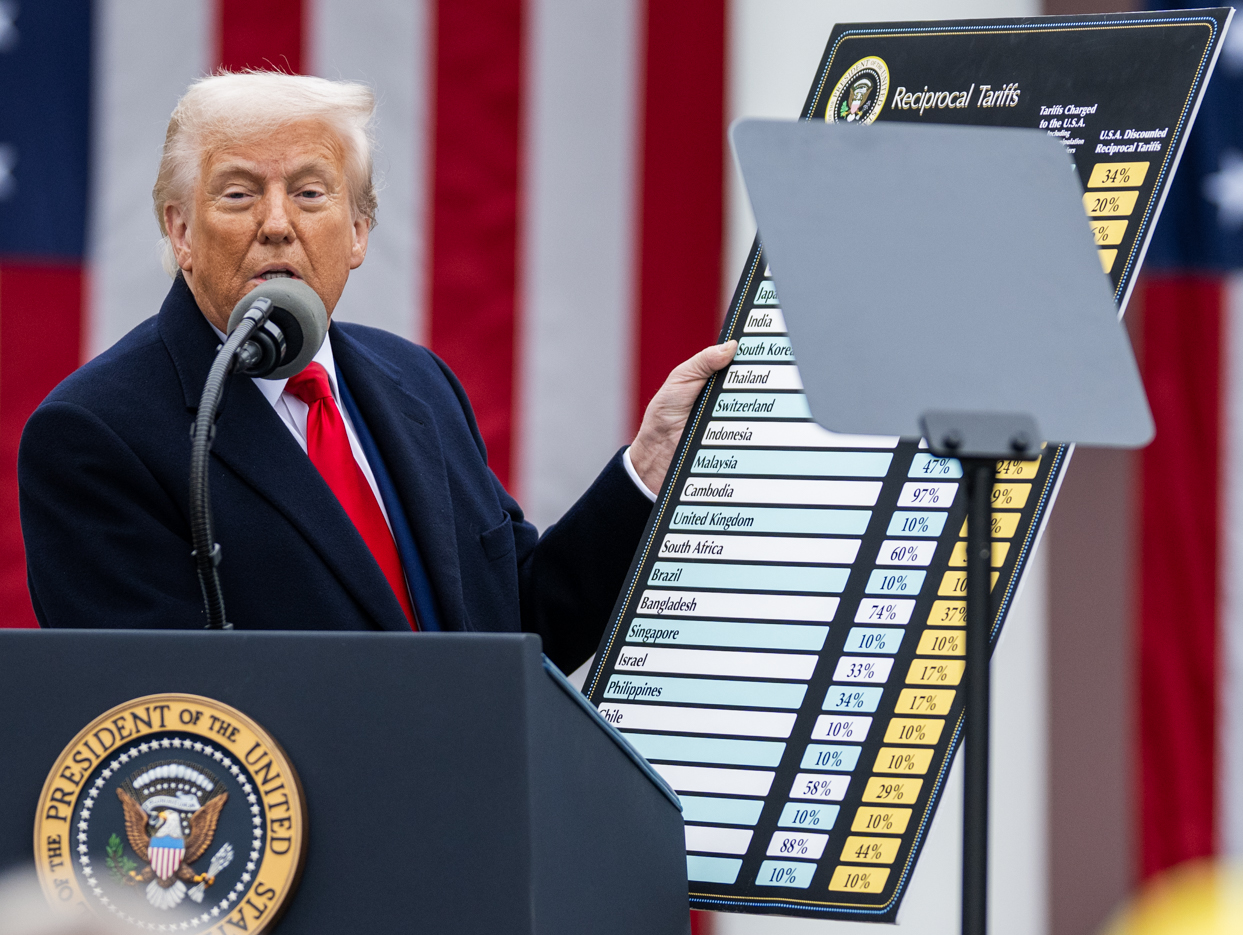
Introduction
In 2025, following Donald Trump's return to the White House, tariffs have once again become a central tool of U.S. trade policy. Reaffirming his "America First" doctrine, President Trump has not only reinstated many of the tariffs from his first term (2017–2021) but expanded them, targeting a broader range of countries and products. Even the Heard Island and McDonald Islands near the Antarctic, inhabited only by penguins, were not spared.
This second wave of tariffs comes at a time of high global economic fragility, with supply chains still recovering from pandemic disruptions, wars affecting major trade corridors, and inflation pressures lingering. As before, the mathematics behind tariffs reveals a simple idea — making imports more expensive — but the broader consequences for the economy and everyday life are anything but straightforward.
What Are Tariffs, Revisited?
A tariff is essentially a tax on imported goods. The basic formula remains:
Price After Tariff = Price Before Tariff × (1 + Tariff Rate)
For instance, a $1,000 imported laptop facing a 30% tariff in 2025 now costs:
$1,000 × (1 + 0.30) = $1,300
At first glance, the math is straightforward: tariffs make foreign goods more expensive. But in a globally interconnected economy, the chain reactions of these simple price hikes ripple through industries, consumer habits, and international relations.
2025: A New Wave of Tariffs
In his second term, Trump introduced:
- Universal Tariffs: A 10% tariff on nearly all imports, not just select countries.
- Targeted Tariffs: Higher tariffs (up to 60%) on Chinese goods, including technology, rare earth minerals, and electric vehicles (EVs).
- Agricultural Tariffs: New duties on European dairy and meat products.
- Steel and Aluminum Tariffs: Expanded to additional categories like construction materials.
Retaliation quickly followed, with China, the European Union, and others imposing fresh tariffs on American exports.
The Mathematics of Price Increases in 2025
The direct math is striking:
If the U.S. imports $3 trillion in goods annually, a 10% tariff across the board generates $300 billion in tariff revenue.
However, economists agree that this "tax" falls mostly on American businesses and consumers, not foreign producers.
Real-World Effects on Goods
- Electronics: A smartphone that used to cost $800 might now cost $880–$1,000 after tariffs and supply chain adjustments.
- Vehicles: The price of new electric vehicles (especially imported models) rose by an average of 20%.
- Food: Imported European cheese, coffee, and wine prices jumped 15–25%.

Deeper Economic Effects: Models and Forecasts
GDP Impact
Models from the Congressional Budget Office (CBO) and Peterson Institute in 2025 estimate:
U.S. GDP loss: 0.6–1.0% per year from tariffs.
Given a 2025 GDP of approximately $27 trillion, this equates to:
$162 billion to $270 billion annual hit.
Inflation and the Consumer Price Index (CPI)
The Federal Reserve noted that tariffs contributed an estimated 1.8 percentage points to headline inflation in 2025.
Using a simplified formula:
CPI Increase = Weight of tariffed goods × Price Increase
If tariffed imports make up 25% of household spending and prices rise by 10%:
CPI increase = 0.25 × 10% = 2.5%
Inflation fueled by tariffs strained purchasing power just as real wages were stagnating, particularly hurting lower- and middle-income families.
Human Impact: Life in the United States
1. Cost of Living
- Food: Grocery bills rose an average of 12% between January and September 2025.
- Housing: Construction costs spiked, driving up new home prices by 5–8%.
- Consumer Goods: Retailers raised prices across the board by 10–15%.
For an average American family spending $65,000 annually:
Extra costs from tariffs = ~$3,000–$4,000 per year
2. Jobs and Employment
While tariffs aimed to protect American jobs, the outcomes were mixed:
- Manufacturing: Short-term gains in protected industries.
- Retail and Import Industries: Significant layoffs due to higher costs.
- Farming: Continued strain from retaliatory tariffs depressing exports.
Elasticity studies showed that for every job "saved," 2–3 jobs were "lost" elsewhere in the economy.
Global Impact: Life Outside the United States
1. Trade Diversion and New Alliances
- China deepened ties with Africa, Latin America, and Europe.
- The European Union and Japan advanced free-trade deals excluding the U.S.
America's share of world trade declined by 5–7% relative to 2019 levels.
2. Economic Strain on Developing Countries
Smaller economies suffered as global demand softened. Nations initially benefiting later faced contraction.
3. Political Instability
Higher food and commodity prices contributed to unrest in several regions.
The World Bank estimated an additional 30 million people fell into extreme poverty by late 2025.
Inflation vs. Recession: The Tariff Dilemma
Tariffs fueled inflation while reducing growth, creating a stagflation-like environment.
Nominal wage growth: 3%
Inflation: 5–6%
Real wage change: -2–3%
Despite wage increases on paper, American workers lost purchasing power.
Winners and Losers in 2025
Winners:
- Protected U.S. industries (steel, aluminum, textiles)
- Countries like Vietnam, India, and Mexico gaining diverted trade
- U.S. federal revenue from tariffs
Losers:
- Consumers facing higher prices
- Exporters losing global markets
- Small businesses crushed by costs
- Low-income families bearing inflation's brunt
Conclusion: The Arithmetic of Pain
Tariffs, while simple in design, lead to complex and far-reaching consequences. In 2025, Trump's expanded tariffs brought:
- Higher living costs
- Reduced global competitiveness
- New waves of poverty abroad
- Declining U.S. economic dynamism
Ultimately, while select industries gained, most American households and millions globally experienced significant economic pain, proving once again that the simple mathematics of tariffs hides a much costlier human arithmetic.
You can learn these concepts and more at Dr Hock's maths and physics tuition.